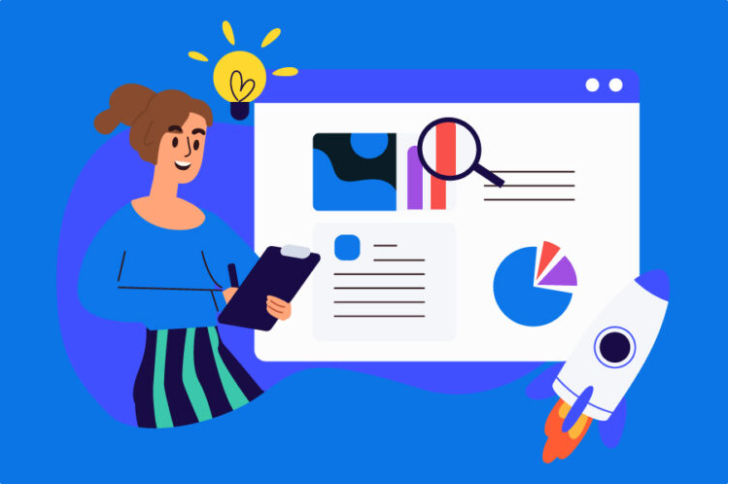
Web accessibility is a crucial aspect of designing websites that are inclusive and accessible to everyone, regardless of their abilities. While many people think of web accessibility that focusses on making websites accessible to people with disabilities, the truth is that web accessibility features can benefit a much wider audience than you might think. In fact, there are several web accessibility features that can improve the user experience for everyone, from people with visual or hearing impairments to those with cognitive or motor disabilities.
In this article, we’ll be exploring six web accessibility features that benefit more people than you might initially think. We’ll examine how these features can improve the user experience for a broad range of users, and highlight some of the ways in which they can help to create more inclusive and user-friendly websites. Whether you’re a web developer or a designer this article will provide you with valuable insights into the benefits of designing accessible websites that everyone can use and enjoy.
Common Web Accessibility Features
A few accessibility features need special software downloads. Many features may be built-in into the operating system of the mobile device or computer system. Some of the accessibility features that come along with a mobile device or computer are:
- Some features like text-to-speech, enlarged cursor, etc., makes it easier for people with low or restricted vision.
- Closed captions helps to present audio information to the deaf/low hearing individuals.
- Keyboard shortcuts help people who have difficulty in manipulating the mouse.
Benefits of Web Accessibility Features

Dark mode enhances readability and reduces eye strain
Dark mode setting displays light-colored text against the dark-colored background. In an Android Authority survey, 81.9 per cent of readers declare that they employ the dark mode. Some of the most popular apps like Zoom, Slack, and Netflix introduced the feature of dark mode to enhance learning experience. Benefits of using the dark mode helps to reduce eyestrain and enhance text legibility. Naturally, it is extremely helpful for individuals with vision and cognitive disabilities.
That’s why, simply implementing the dark mode will not make a site accessible. You know it is critical to pay attention to color contrast ratio. Color Contrast Accessibility Validator is one of the significant tools available that helps to check conformance.
Color contrast web accessibility feature
A website must incorporate proper color contrast between the text and background. Examples include icons, links, buttons, and other information available on the web page. The best example of appropriate color contrast is light grey text on a white background.
Closed captions
Closed captions describe all dialogue and sounds in a video. There is a slight difference between closed captions and subtitles. Closed captions provide a text alternative to the audio of a video online. It includes all relevant sounds in the video.
Useful for:
- Elderly people affected by hearing loss
- People with Attention Deficit Hyperactivity Disorder (ADHD)
- People with hearing loss
Writing in Plain English
Plain English is the best way to ensure your content reaches the largest number of people. Dense, difficult-to-read text can be confusing to those with learning difficulties. Using plain English makes your writing easier for everyone to understand.
Keyboard-only navigation
Keyboard users use the tab key to navigate through the elements on a web site, such as links, buttons, and forms. Make sure your website is accessible to keyboard-only navigation as per WCAG guidelines. It affects anyone who uses assistive technology, like a screen reader, to navigate through a website.
Logical Heading Structure
Complex layouts with inconsistent heading levels makes it difficult to find information. It’s important to structure any long-form content using H1, H2, H3 heading levels. Besides, this helps to not only organize content, but also provides functionality for assistive technology users.
If your content is predictable and intuitive, it is likely a user will find the information they need.
Conclusion
In conclusion, web accessibility features are not just important for people with disabilities, but can benefit a much broader audience than most people realize. By implementing these features in website design, we can create a more inclusive and user-friendly online experience for everyone. From providing better navigation options to improving readability and enhancing multimedia experiences, these features can make a significant difference in the user experience.
It’s important for website owners and developers to prioritize web accessibility features and to keep them in mind throughout the design and development process. By doing so, they can ensure that their websites are accessible to everyone, regardless of their abilities. As technology continues to evolve and shape the way we access and use online content, it’s more important than ever to prioritize web accessibility features and to create a more inclusive and accessible digital world for all.








